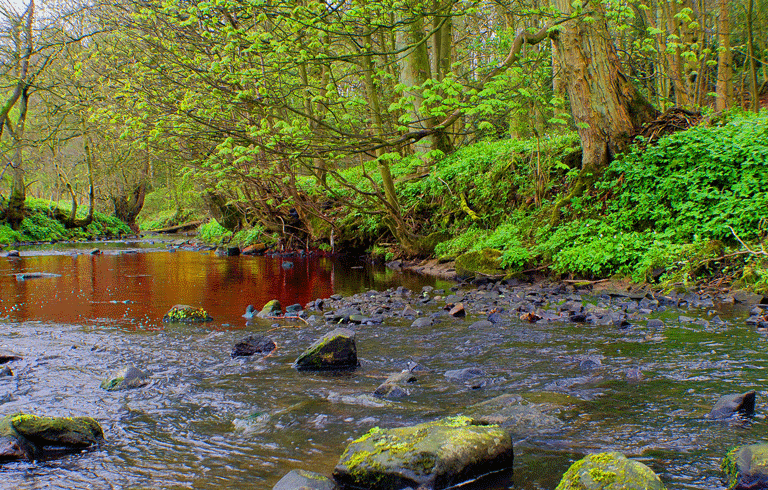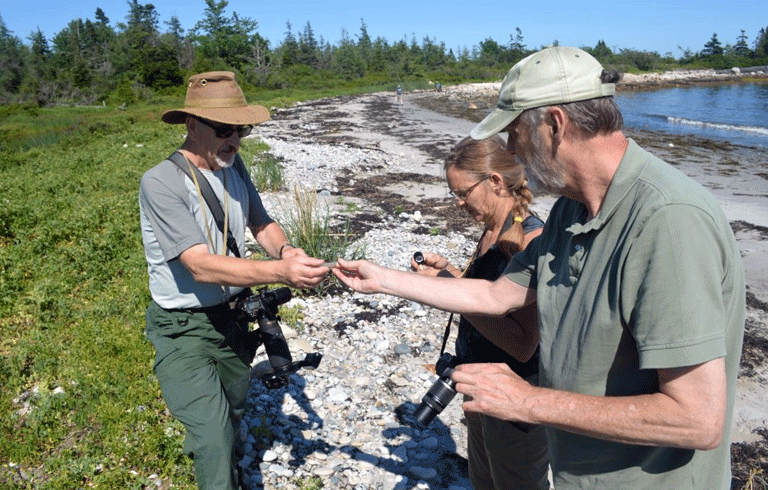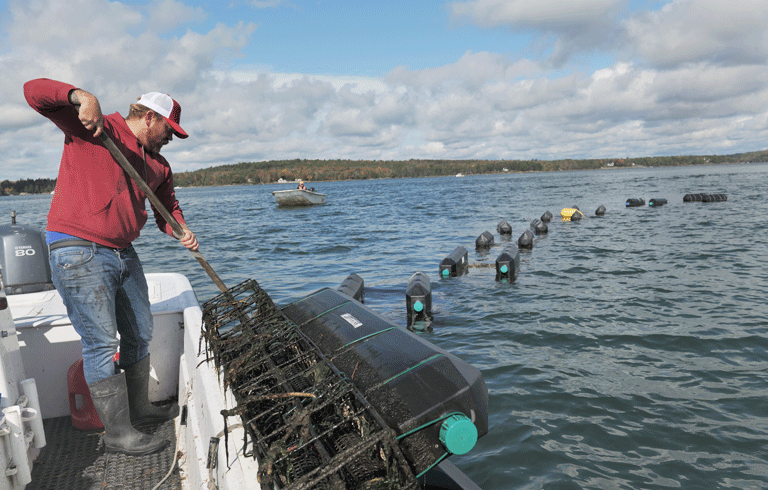Working Waterfront
The nuances of defining drought
In June, which turned out to be one of the hottest and driest on record, we paddled to a beaver dam on the St. George River just north of Round Pond in Union. The banks rose above us covered in sedges and grasses, bringing our focus to the slow-moving water,… SEE MORE











